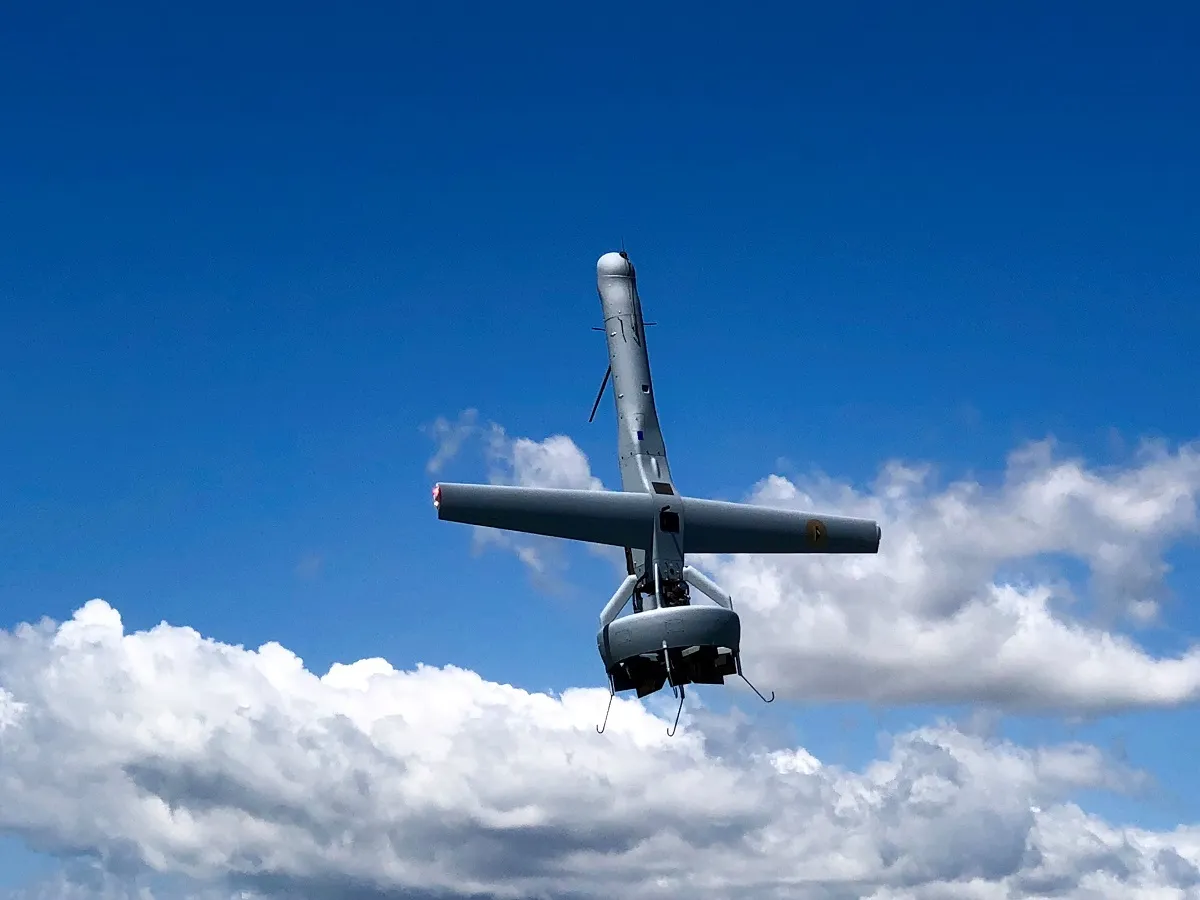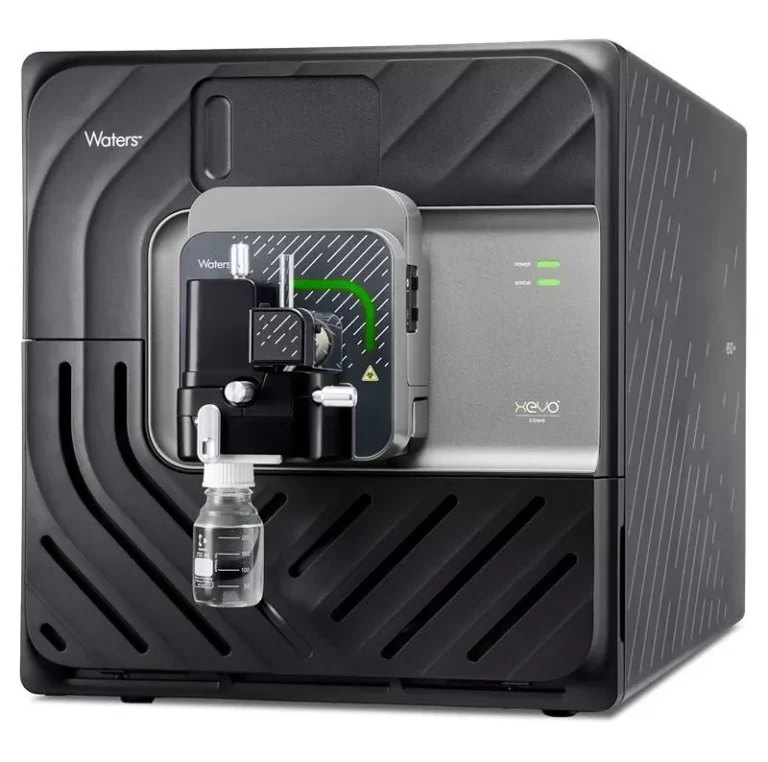
Airbus Flexrotor Boosts NATO’s Future Sea Missions
Maritime defence and security are undergoing a profound transformation, shifting toward greater interconnectivity and resilience through the collaboration of crewed and uncrewed systems. This evolution was showcased during the 2025 Robotic Experimentation and Prototyping using Maritime Uncrewed Systems (REPMUS) exercise — an annual NATO-led event designed to test new operational concepts and technologies for maritime missions. Among the standout performers this year was Airbus’ Flexrotor Uncrewed Aerial System (UAS), which demonstrated its agility, reliability, and capacity to serve as a powerful multi-mission force multiplier in naval operations.
A Seamless Integration into the Maritime Command Network
REPMUS serves as one of NATO’s key platforms to evaluate how maritime uncrewed systems can be seamlessly integrated into real-world naval operations. It brings together operators, military forces, industry innovators, and academic institutions to experiment with new configurations, validate advanced tactics, and refine collaborative operations.
In this year’s exercise, Airbus worked closely with the German Navy’s Commander Task Unit (CTU) as well as naval forces from Portugal and Spain. Together, they explored the Flexrotor’s role in joint mission operations, focusing on Intelligence, Surveillance, Target Acquisition, and Reconnaissance (ISTAR) tasks. The Flexrotor not only achieved outstanding performance metrics but also integrated effectively into the broader command and control (C2) architecture, ensuring seamless data sharing and real-time situational awareness across platforms.
During REPMUS 2025, the Flexrotor executed full ISTAR missions in complex maritime environments. Two mission configurations were tested: one using Overwatch Imaging sensors to scan the sea surface for target detection and reporting, and another featuring a nine-inch high-resolution camera capable of capturing imagery from distances exceeding seven kilometers. This setup proved particularly valuable for identifying small surface vessels and other critical assets.
According to Oleg Pulzin, Marketing Manager for Flexrotor at Airbus Helicopters, “The Flexrotor successfully performed missions lasting more than 10 hours, detecting, identifying, and relaying critical data on potential targets. Its ability to deliver reliable imagery across extended ranges in challenging environments is vital for the future of naval operations.”
Performance Defined by Versatility and Endurance
A defining feature of the Flexrotor is its combination of endurance, versatility, and rapid deployment. During the REPMUS exercise, it maintained continuous flight coverage for over ten hours, establishing its value for long-duration ISR (Intelligence, Surveillance, and Reconnaissance) missions.
One of the key demonstrations involved the Flexrotor providing real-time target coordinates to guide a loitering munition during a live-fire exercise — a clear example of its value as a critical intelligence and targeting asset. The drone showcased its adaptability across various maritime mission profiles, including:
- Daytime coastal surveillance and monitoring of suspicious vessel movements.
- Harbor protection and shore-based security operations.
- Night-time amphibious missions from shipboard platforms.
- Support for boarding and inspection operations in open waters.
Integration with naval systems was a highlight of the demonstration. The Flexrotor’s ground control station was directly linked with the German Battle Management System “MESE”, enabling real-time sharing of video feeds and positional data among multiple ships and command centers. This allowed all participating forces to maintain an updated and unified view of the operational environment.
Flexrotor’s compact design and rapid deployment capability — allowing launch and recovery within 30 minutes — made it particularly suited for dynamic naval missions. Operating from a Portuguese Navy patrol vessel, it took off, linked immediately to the ship’s systems, and began streaming real-time imagery to the vessel’s bridge, enhancing situational awareness and tactical decision-making on the spot.
Resilience in Challenging Environments
Beyond its technical and operational achievements, REPMUS 2025 also tested the Flexrotor’s resilience under adverse conditions — a critical requirement for future maritime missions.
The aircraft maintained stable command and control connectivity even in a congested electromagnetic environment filled with numerous active electronic systems — a scenario that can typically cause interference and signal degradation. Despite these challenges, the Flexrotor maintained uninterrupted communication, underscoring its robust avionics and secure data link systems.
Additionally, the system proved its weather resilience. It executed multiple take-offs and landings amid gusting winds up to 25 knots, as well as operations in rain, thunderstorms, mist, and low-visibility (DVE) conditions. These successful sorties demonstrated its capability to perform in diverse maritime climates, from coastal patrols to open-sea missions.
Over the course of REPMUS 2025, the Flexrotor accumulated 50 flight hours, further validating its endurance and dependability. Pulzin emphasized, “We demonstrated that the Flexrotor can be deployed rapidly — airborne within minutes — and maintain operational effectiveness for long missions even in highly congested electromagnetic conditions. Its resilience ensures we can provide crucial intelligence when and where operators need it most.”
Preparing for the Future of Naval Collaboration
The successful Flexrotor demonstration at REPMUS 2025 reinforces Airbus’ commitment to advancing maritime autonomy and interoperability among NATO and allied naval forces. As modern maritime security becomes increasingly reliant on distributed networks of sensors and platforms, systems like the Flexrotor are becoming indispensable.
Its vertical take-off and landing (VTOL) capability, compact logistics footprint, and extensive endurance make it an ideal fit for deployment on ships with limited deck space or in forward operating areas. By delivering persistent ISR coverage, it extends the “eyes and ears” of naval fleets, enhancing both situational awareness and operational safety.
With continued investment in autonomy, AI-driven target recognition, and networked data sharing, Airbus aims to further integrate the Flexrotor into future multi-domain operations — connecting sea, air, and cyber capabilities into one cohesive defence network.
In summary, the REPMUS 2025 exercise not only highlighted the Flexrotor’s technical maturity and operational reliability, but also showcased its vital role in shaping the next generation of maritime operations. As navies prepare for increasingly complex missions across global waters, Airbus’ Flexrotor stands as a proven, resilient, and indispensable tool — ready to redefine what’s possible in naval intelligence and defence collaboration.




